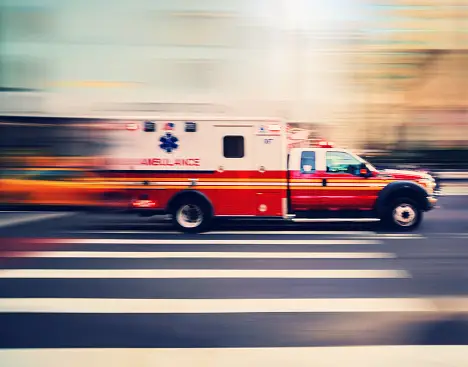As hospitals and emergency medical services have expanded in response to the rise in medical conditions, more patients are now able to receive emergency care when they need it most, saving their lives by getting to the hospital in time.
Ambulance transport services, both private and public, are now more prevalent and essential for providing care for people in need at critical times.
Every hospital and private EMS has an ambulance operational center set up. To provide patients with prompt medical attention, these ambulance operating centers are equipped with sufficient emergency ambulance transport services. In contrast to hospital ambulance transport services, which serve emergency needs primarily, private ambulance transport services show a steady upward trend in their development curves each year, delivering non-emergency services.
Non-emergency services may include moving patients from one hospital to another, taking patients to the appropriate locations for scanning or laboratory work, or transporting patients with any travel-related limitations in regular vehicles to hospitals for treatment.
The emergency ambulance typically comes with the necessary medical tools and paramedics. In order to meet patients' needs for prompt medical care, non-emergency ambulance transport services are occasionally additionally outfitted with a few basic medical tools and a paramedical crew.
This is how one's level of endurance is measured. An individual must be able to maintain a static position for at least 60 seconds during this test before taking a break.
Let's talk a little bit about paramedics, the backbone of the emergency ambulance transport industry:
Pre-hospital care, provided by paramedics or other paramedical workers, enables patients to be saved by rapid medical interventions that keep their vital signs stable before being transported to hospitals for additional care.
Medical personnel has training that can be compared to doctors, paramedics are permitted to attend to patients and administer necessary medications and treatments.
Before World War I, the function of the paramedic was formed, and the majority of their services were provided to combatants. Their role at the time was closely related to the military. In order to provide emergency medical care for civilians as well, ambulance services with paramedics were later put into operation.
Different countries have different standards for paramedics' education, roles, and skills. The use of defibrillators, training to perform CPR on patients experiencing cardiac arrest, certain analgesic, paralytic, and sedative medications for pain management, first aid for treating burns, fractures, childbirth complications, spine injuries, airway management, blood control, etc., are still standard functionalities.







